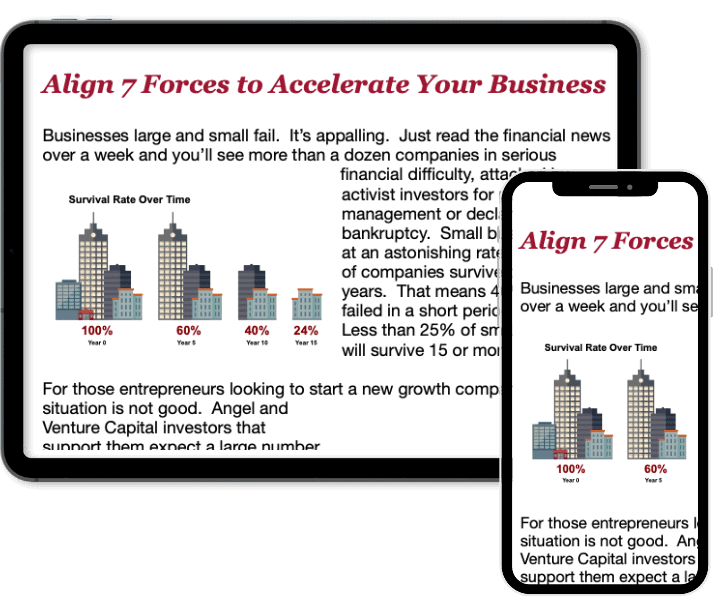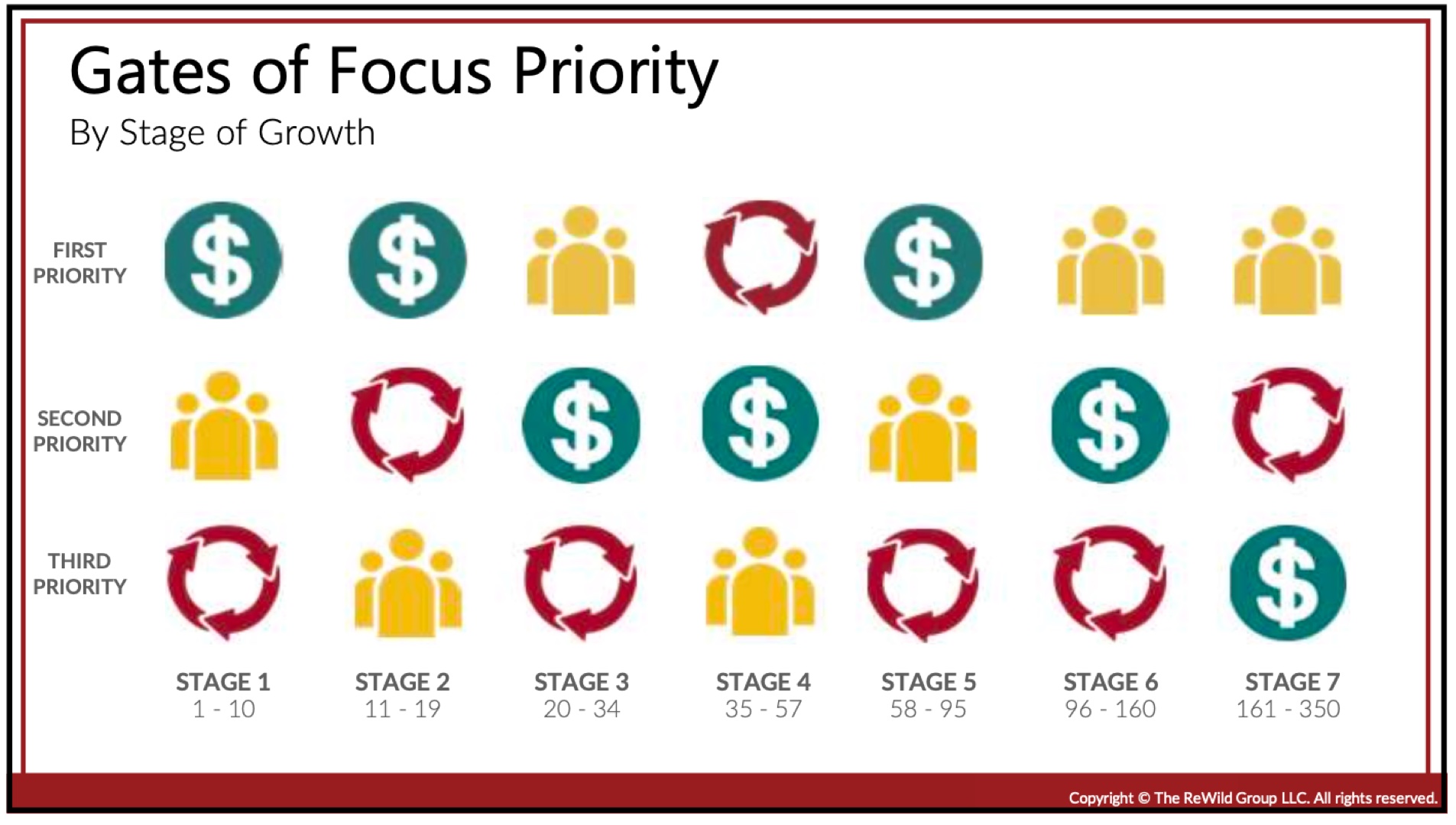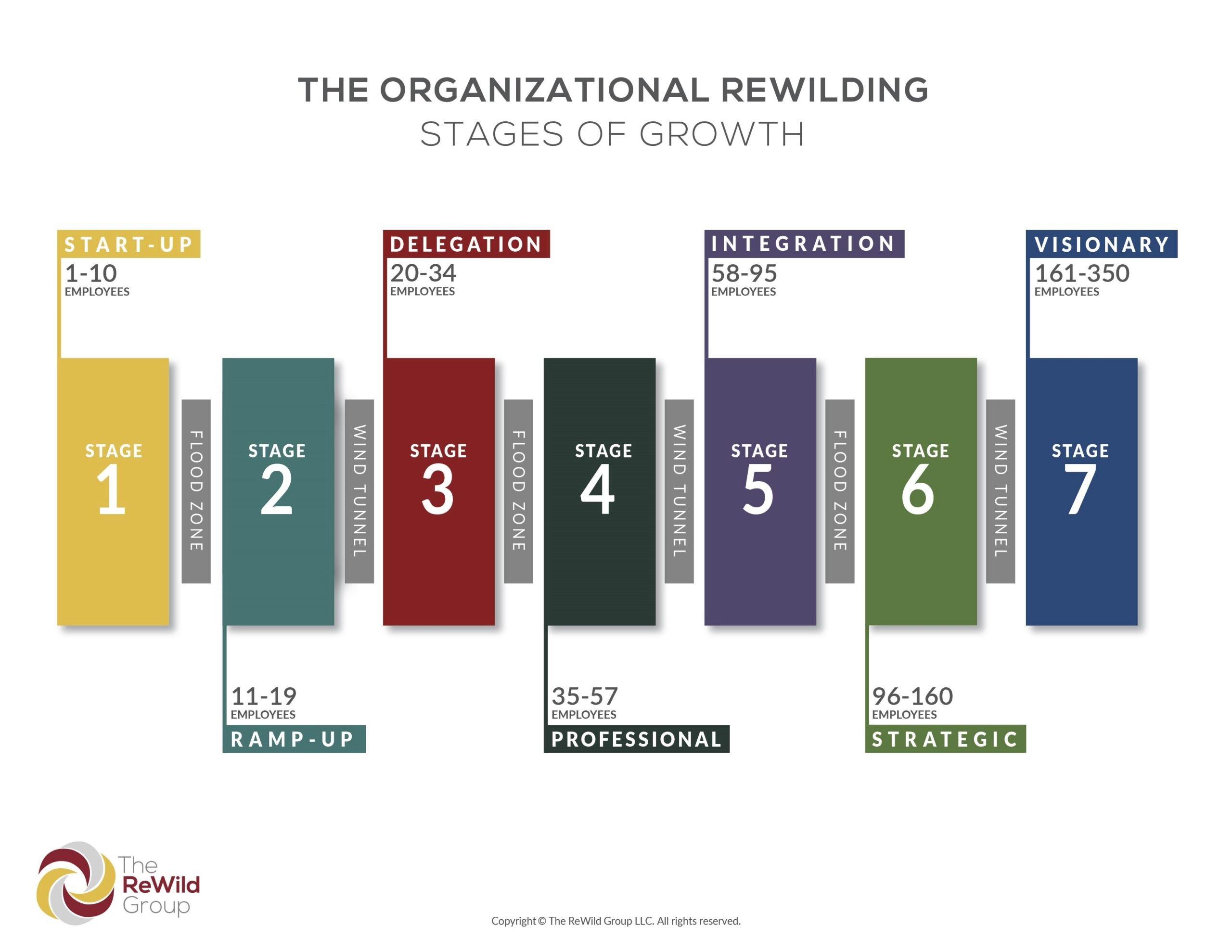There are three ways to improve your business. Increase revenue, decrease costs, and/or make it easier to run. Of the three, it is impossible to avoid increasing revenue. I’ve often said, “growth is an imperative.” With inflation, it is also impossible to avoid increasing prices. Improving the business and decreasing costs can only take you so far, even when the sales of units are increasing. So, let’s briefly discuss 7 ways of pricing your products and services.
- Cost Plus
- Value
- Demand
- Tiered including Freemium
- Low Ball
- Usage
- Subscription
1. Cost Plus
Gross margin and markup are related as they both deal with sales revenue and the cost of goods sold. Cost of goods sold, sales revenue, and gross margin are key performance indicators you should be tracking. Every industry has a benchmark number for gross margin. You can get some ideas by industry using this resource: https://pages.stern.nyu.edu/~adamodar/New_Home_Page/datafile/margin.html. For some reason, sales people like to think in terms of markup. So, consider this example from GrowthForce.
Here’s a great example to share with your sales team. If you sell a service for $100, and your cost of goods sold is $70, then both your margin and your markup equal $30. Expressed as a percentage, however, it’s necessary to use the margin formula and markup formula to calculate the different rates.
Markup = (Sales – Cost of Goods Sold) / Cost of Goods Sold
Margin = (Sales – Cost of Goods Sold) / Sales
In the above example, the markup equals 42.9%, whereas the margin is 30%.
2. Value
Forget cost. What is the value of your product or service to the customer? I recall a story Henry Ford giving someone a tour and passing an office with an employee with his feet up on the desk and his hands clasped behind his head. The person receiving the tour was astonished and asked Henry how he could allow such behavior. Henry’s response was that the employee was in such a position when he came up with an idea that saved millions of dollars. That employee was valuable well beyond his compensation. If your product or service can save time, money, stress, or create greater opportunities for you customer, determine the value to the customer. Likely, you can charge up to 20% of the value to the customer, giving them a 5X return on their investment.
3. Demand
Supply and demand are the basis of so many markets. The more rare or valuable something is, the higher the price. Want a first class plane ticket one day before the flight and you will pay a significant premium. Want a cheap ticket in coach and pay in advance months before the trip and you can get it. Want to use electricity in the middle of the day in summer in Texas while air conditioners are running and you will pay more than at night in the winter when it has cooled off. If you want to see Taylor Swift in concert or attend golf’s Masters Tournament or the NBA finals and you will find scalpers with tickets to sell at premium prices. You will also see this with hotel rooms, cars, gasoline, art, and many more products and services.
4. Tiered including Freemium
Sign up for any service online and you will find this approach. Software companies will use it by having different features enabled based on how much you are willing to pay. Often, they will offer a level of service for free forever or free for a trial period of time. Especially if the offer is free forever, it is considered a freemium for free with a premium option or incentive. Human purchasing behavior has determined that three options are often the best way. Sometimes I see the free version plus three priced options. Generally, the expectation is that 10% of buyers will purchase the highest priced option, 60% will by the middle priced and “best option” or “most popular option,” and the other 30% will buy the lowest price option.
5. Low Ball
This approach is often used when you want to build volume or break into a new market with existing, strong competitors. A recent example is the price war between BYD of China and Tesla. Two very different pricing models with Tesla approaching value as measured by emotional appeal to luxury and early adopter feelings while BYD is low balling their price and their earnings. The war is affecting many things related to the overall electric car market. Amazon is another example as they have taken over many markets. They provide extremely low prices, accepting very low margins. They are now in close competition for top sales against Walmart, another low price based retailer.
6. Usage
This seems to be a staple of pricing for municipalities and utilities. By this, I mean electricity, natural gas, water. Gasoline taxes are proportional to usage which, as cars get better fuel economy, is driving taxing authorities to consider other sources of revenue, such as usage based pricing for electric vehicles based on miles travelled. Some telephone and internet costs are usage based. A lease on your car may have a charge based on how many miles you travel beyond the agreed, limited usage.
7. Subscription
This is an extremely important type of pricing as it improves assurance of future revenue, smooths out cash flow, and increases the value of your company to potential buyers. How many subscriptions do you have for streaming services for entertainment? I don’t know about you, but I have too many, yet cannot seem to give up any of them as they are all different. I am noticing that subscriptions are getting a bit more difficult for companies. I receive notices in advance of the renewal of the subscription giving me a chance to stop it. At the same time, I am seeing more companies move toward offering subscriptions. I am trying out an “all you can eat” option for car washes right now that are subscription based. There are nearly no end to the products and services that can be priced as subscriptions.
Of course, you can combine the 7 approaches above in a variety of ways. Pay attention to your pricing, benchmarking what competitors are doing and how your costs are changing. Too many companies went the decade of 2010-2020 hardly touching prices while expenses continued increasing at 2% per year or more and suffering from extraordinary issues such as shipping costs and shortages. I would recommend looking at pricing annually, and no longer than every other year. At times, you may have to look at them quarterly or monthly and consider surcharges, as transportation companies do to deal with fluctuating fuel costs.




